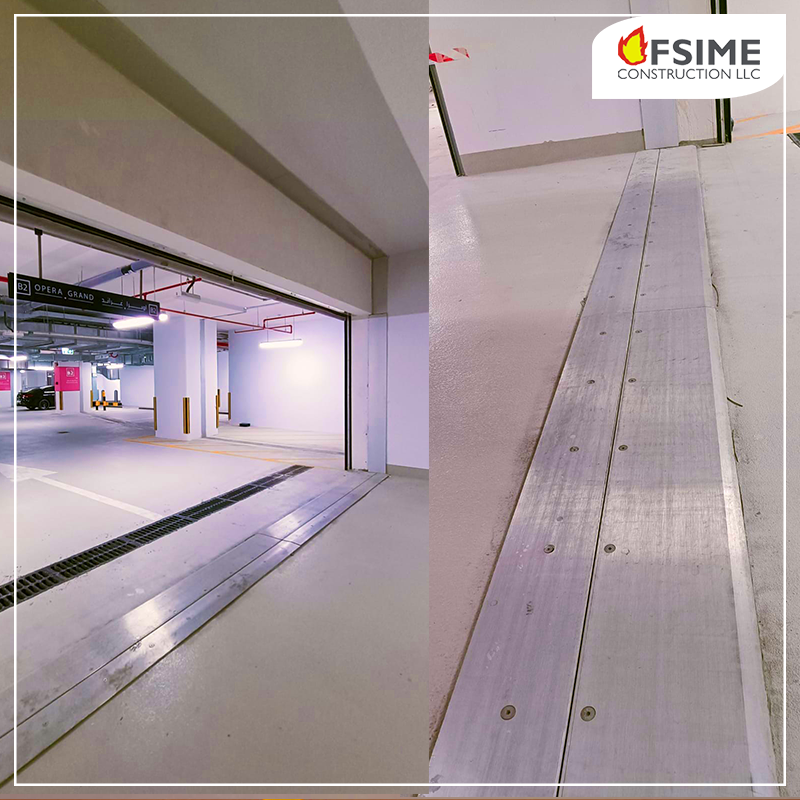
Introduction: When it comes to construction and engineering marvels, the importance of structural stability and longevity cannot be overstated. Buildings, bridges, and various infrastructure projects are subject to the forces of nature, temperature variations, and daily wear and tear. To ensure their durability, one crucial element that often goes unnoticed but plays a significant role is the humble expansion joint. In this article, we will delve into the secrets behind expansion joints and explore why they are essential for maintaining the integrity and longevity of structures.
Understanding Expansion Joints: Expansion joints are specially designed elements incorporated into structures to accommodate dimensional changes caused by temperature fluctuations, seismic activities, or settling. They provide a dynamic connection between different building components, allowing controlled movement while preventing damage. By accommodating expansion and contraction, expansion joints relieve stress on the structure, minimize the risk of cracks, and enhance its overall stability.
Types of Expansion Joints: Expansion joints come in various forms to cater to different structural needs. They can be categorized into three main types:
a) Thermal Expansion Joints: These joints compensate for thermal expansion and contraction, which occur due to temperature variations. They are commonly found in large structures such as bridges, highways, and industrial facilities.
b) Seismic Expansion Joints: Designed to withstand the lateral movement caused by seismic activity, these joints protect structures from potentially devastating earthquakes. They allow for controlled movement while maintaining structural integrity.
c) Bridge Expansion Joints: Bridges are subject to temperature variations and continuous traffic loads. Bridge expansion joints are vital in accommodating thermal movements and preventing damage, such as cracks and joint failures.
Importance of Expansion Joints:
a) Stress and Load Reduction: By allowing controlled movement, expansion joints alleviate stress on the structure. They prevent the accumulation of internal forces that could lead to structural failures or compromises in integrity.
b) Crack Prevention: Without expansion joints, structures are more susceptible to cracking, particularly at areas where different building materials or sections meet. Expansion joints provide the necessary flexibility to absorb movement, reducing the risk of cracks and subsequent damage.
c) Enhanced Longevity: Structures that incorporate well-designed expansion joints have a longer lifespan. By minimizing stress and preventing damage, expansion joints contribute to the overall durability and longevity of buildings and infrastructure projects.
Design and Installation Considerations: To ensure the effectiveness of expansion joints, careful design and proper installation are crucial. Factors such as anticipated movement, material compatibility, and environmental conditions must be taken into account during the design phase. Additionally, regular inspections and maintenance are essential to identify any potential issues and ensure the expansion joints continue to perform optimally.
Technological Advancements in Expansion Joint Systems: Advancements in materials science and engineering have led to the development of innovative expansion joint systems. Newer materials with improved durability, flexibility, and resistance to environmental factors are being used to enhance the performance of expansion joints. Additionally, computer modeling and simulation techniques help engineers accurately predict the behavior of expansion joints under various conditions.
Conclusion: While often overlooked, expansion joints are the unsung heroes of structural stability and longevity. Their ability to accommodate movement and relieve stress plays a vital role in preventing damage and maintaining the integrity of buildings and infrastructure projects. By understanding the secrets behind expansion joints and giving them the attention they deserve during the design and construction processes, we can ensure safer, more durable structures that stand the test of time.
 Call Back
Call Back